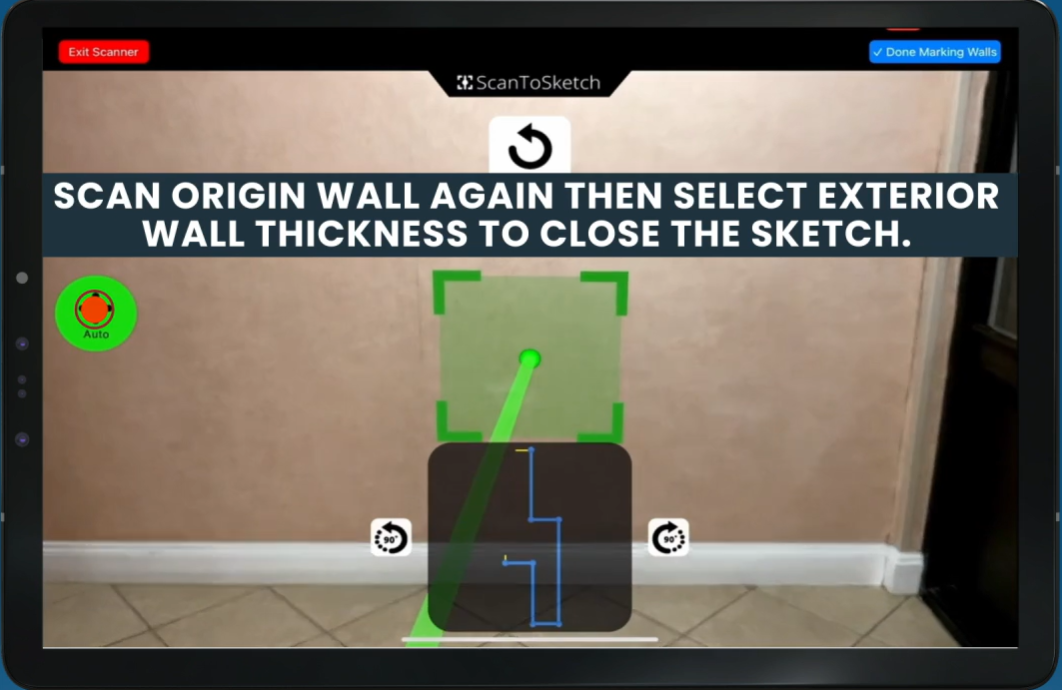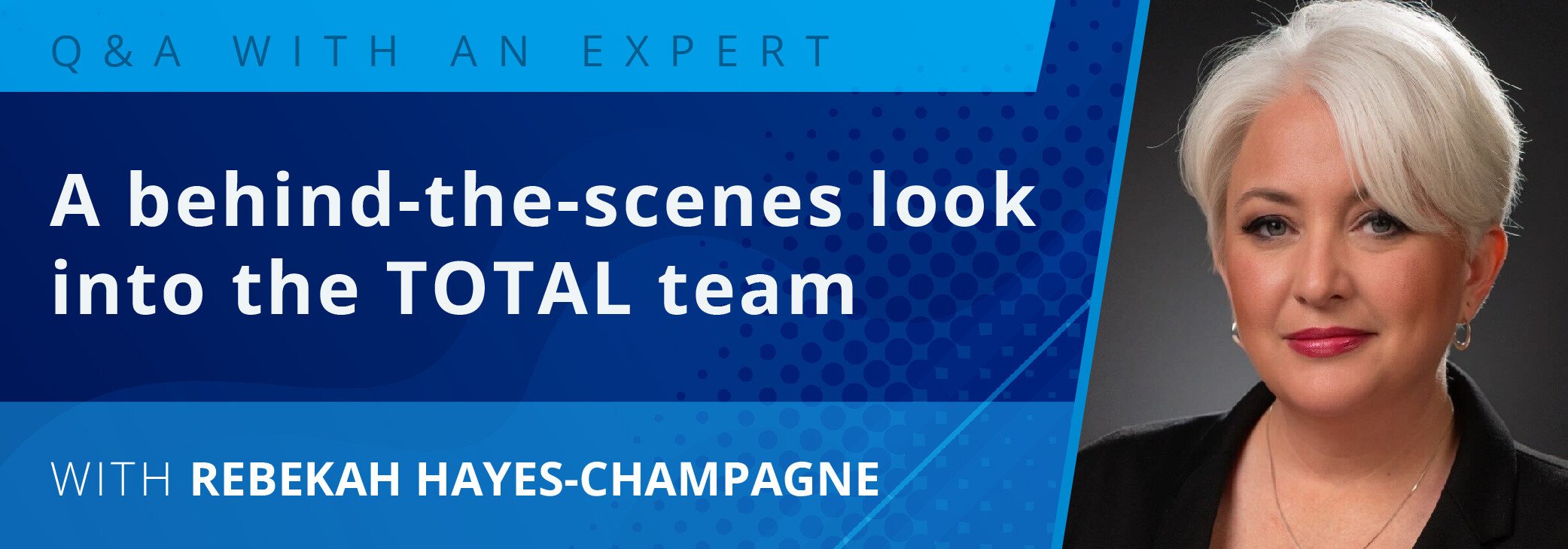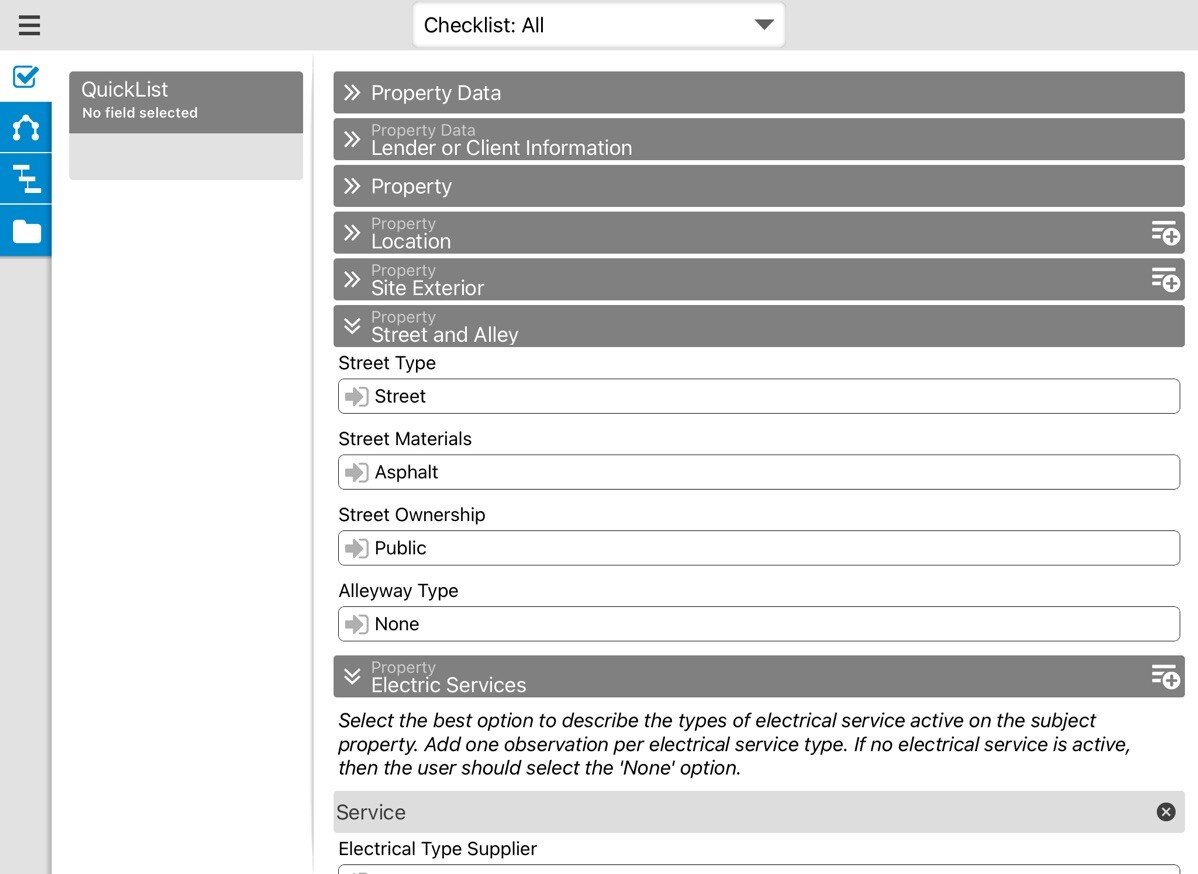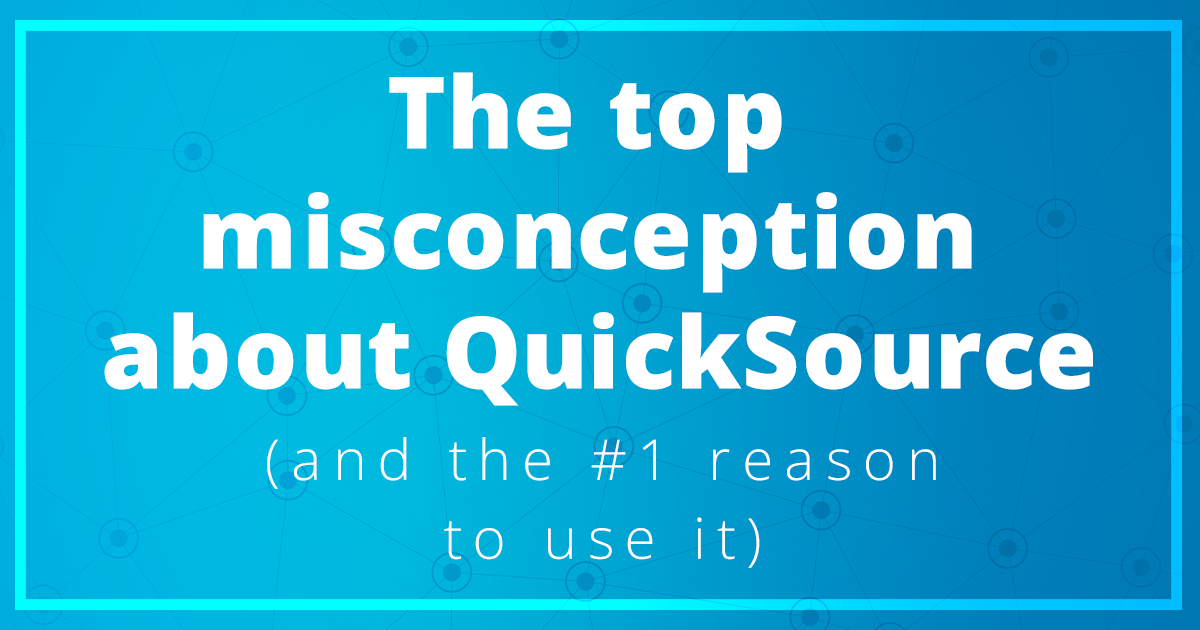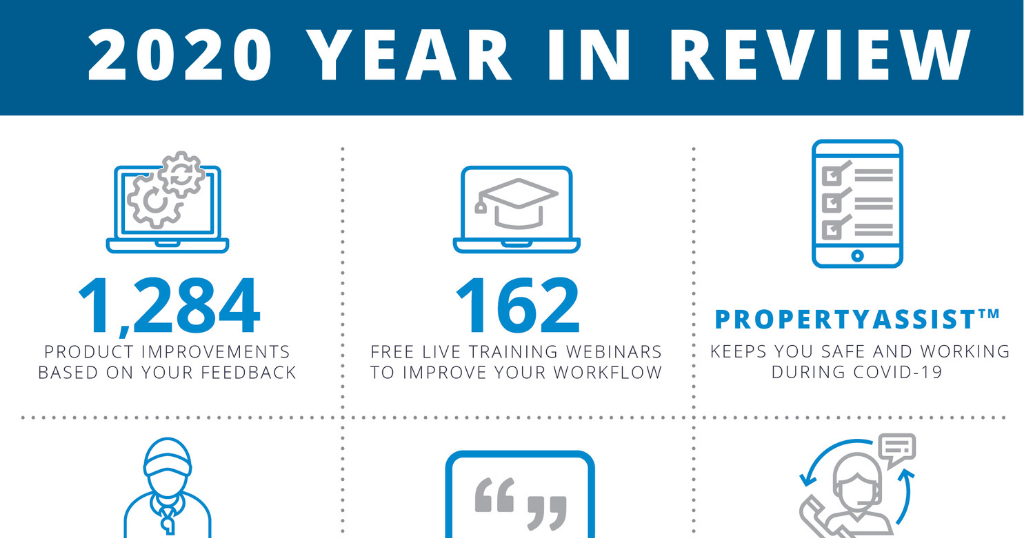The National Association of REALTORS® reported that the median home price nationwide was down 1.7 percent in August from August 2005, the first year over year price drop since a 0.1 percent decline in 1995 and the second steepest since NAR began tracking the figure.
The Office of Federal Housing Enterprise Oversight (OFHEO), regulator of Fannie Mae and Freddie Mac, which issues quarterly home price data, earlier reported the slowest quarterly nationwide home price appreciation since 1975 for the second quarter.
Through all this, median resale prices, while correcting, remain about 25 percent over the level recorded in 2003, the kind of return on investment we all dream about in our IRAs or 401(k)s. But falling prices tell us several things about the real estate business at ground level.
One is that sales are likely to pick up. In the Northeast and Midwest, home sales, which had been in steady decline, began to rebound as prices fell, NAR reported. Sellers with dollar signs in their eyes after the historic real estate boom of the last few years are sobering up. The same is not yet true in the West: median prices continue to increase, barely, while sales plummet – including some 30 percent in California.
Still it's a fundamental economic law that as inventory for sale grows, prices eventually drop, resulting in more of those listed homes selling.
With NAR's data being so public, it also tells us that homeowners are never going to be thinking about what their homes are worth more than they are during this rare deceleration. Your Appraiser XSite website with XSellerate automated marketing program has pre-written, ready to go (but customizable) campaigns targeted toward homeowners, playing on their curiosity about or interest in their home's current market value. (See a screenshots here and here.)
A time of price decline may be the best time to market to homeowners, however you do it. Just do it!
The other things it tells us are about your mortgage clients. As prices show decline, underwriters and investors become more risk averse. As a percentage of loans, use of appraisers and full 1004s will grow.
AVMs also have unique trouble in a declining market. No AVM can see "over the hill" like you can, it can only adjust relatively linearly with respect to data it's already seen. You use listings and time on market to temper the scale of your adjustments; AVMs can't. You call Realtors to find out what they're seeing; AVMs don't.
Back in May Fitch Ratings, which provides investors with opinions as to the creditworthiness of the companies and other entities they invest in, announced it was expanding its scrutiny of AVM and non-full appraisal usage in investments. Previously, Fitch had instituted an across-the-board discount to the values generated by AVMs in certain "soft" markets. Now it examines AVMs case by case, regardless of market.
"If, based on Fitch's evaluation, a lender's non-full appraisal program could potentially increase a pool's loss exposure, Fitch will discount property values five percent or more for each loan that does not have a full appraisal, irrespective of its location," said Fitch Senior Director Suzanne Mistretta.
In most markets it's not raining business anymore, but data indicates that appraisers are going to be more heavily involved in the housing economy in the near future, and that sales are poised to rebound.


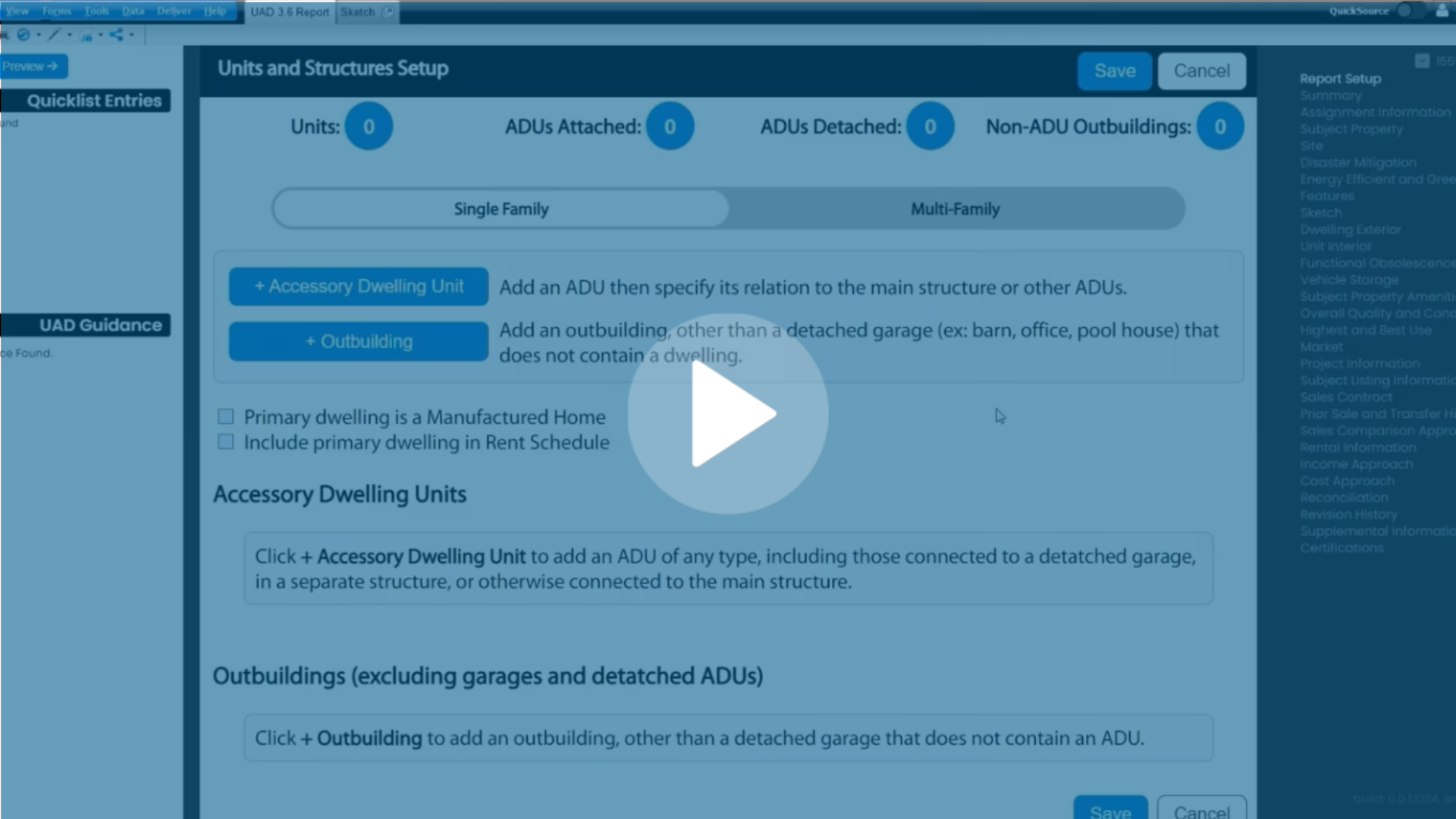
.png)

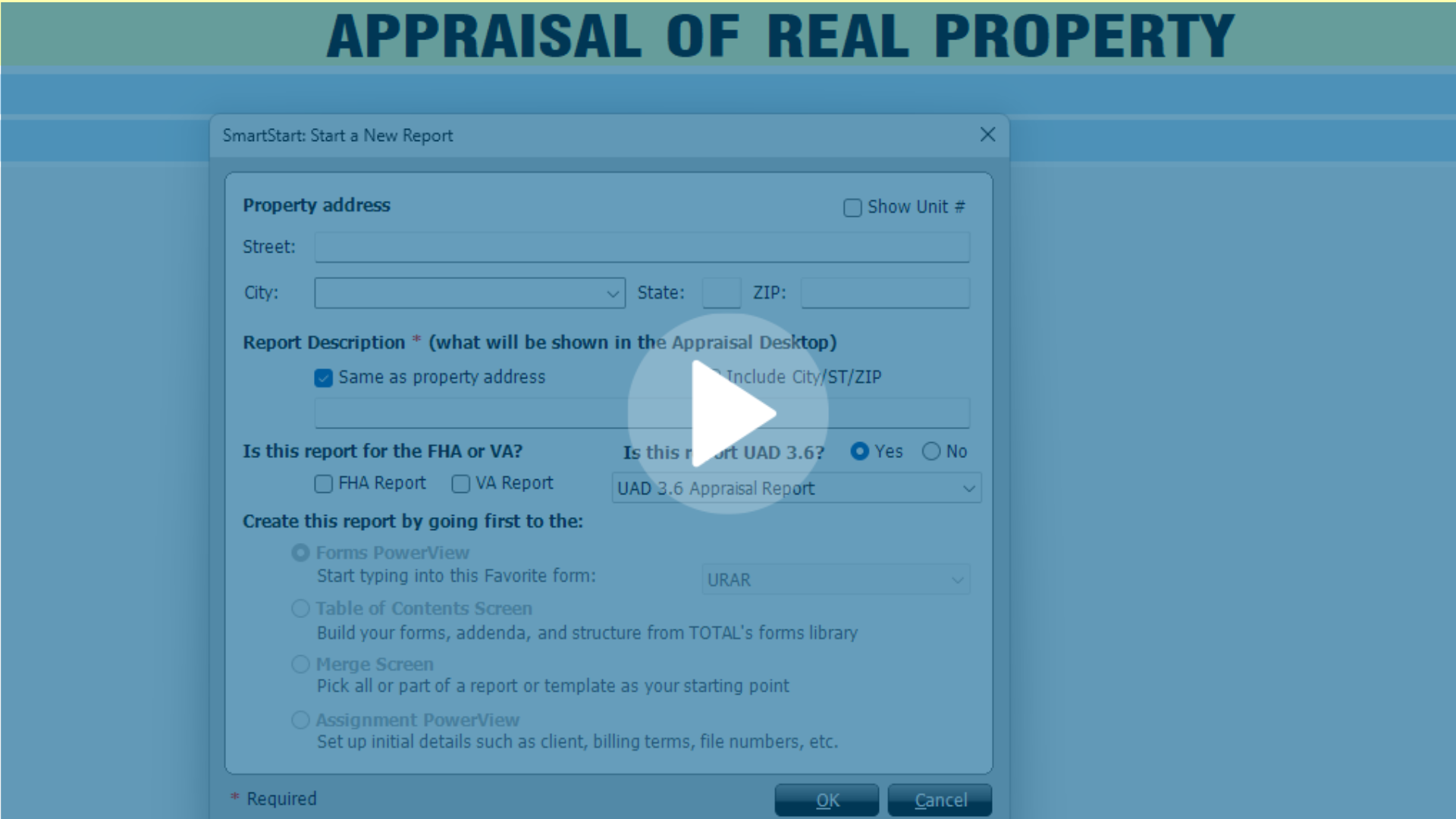


.png)
-1.png)
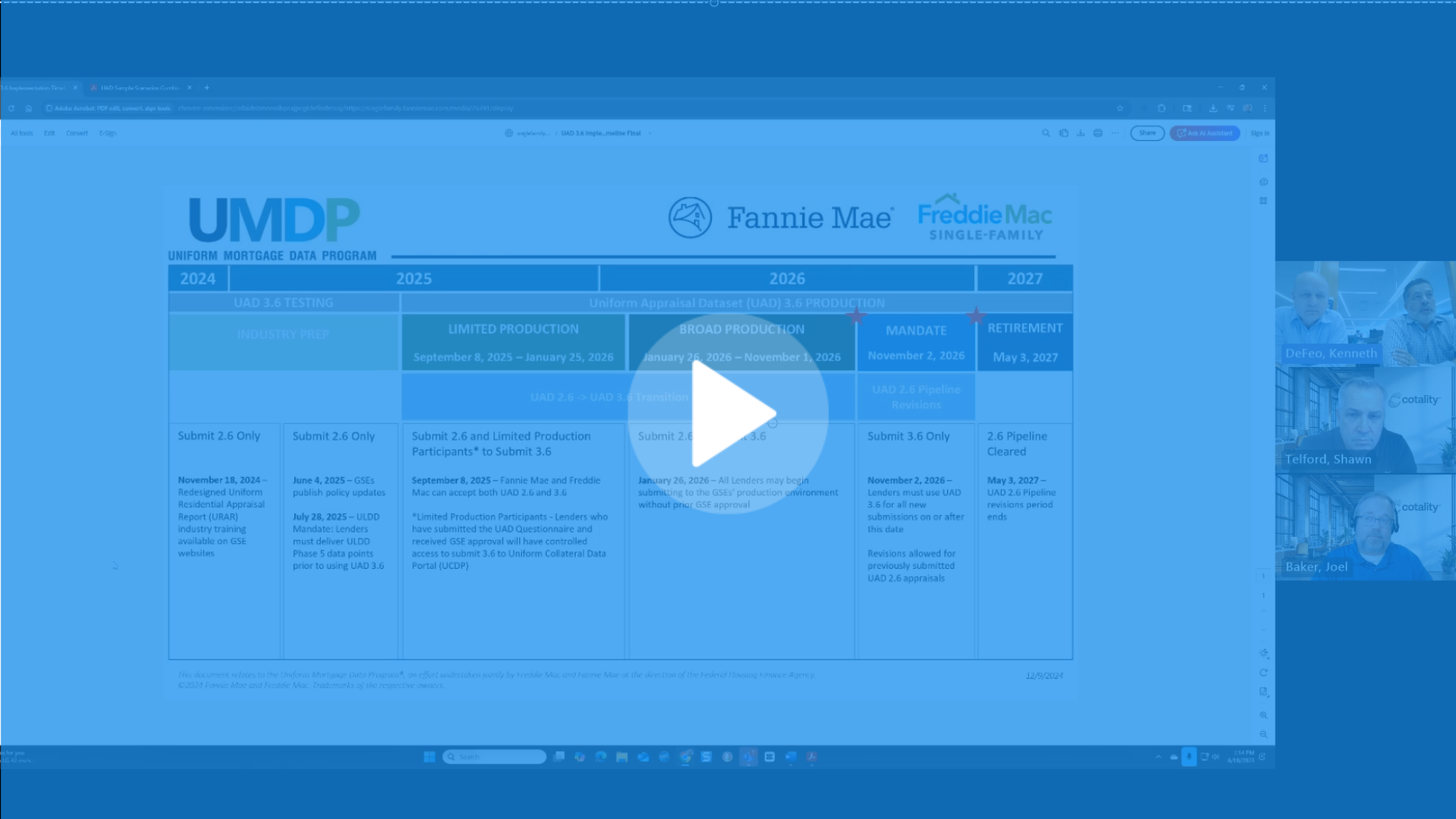
.png)
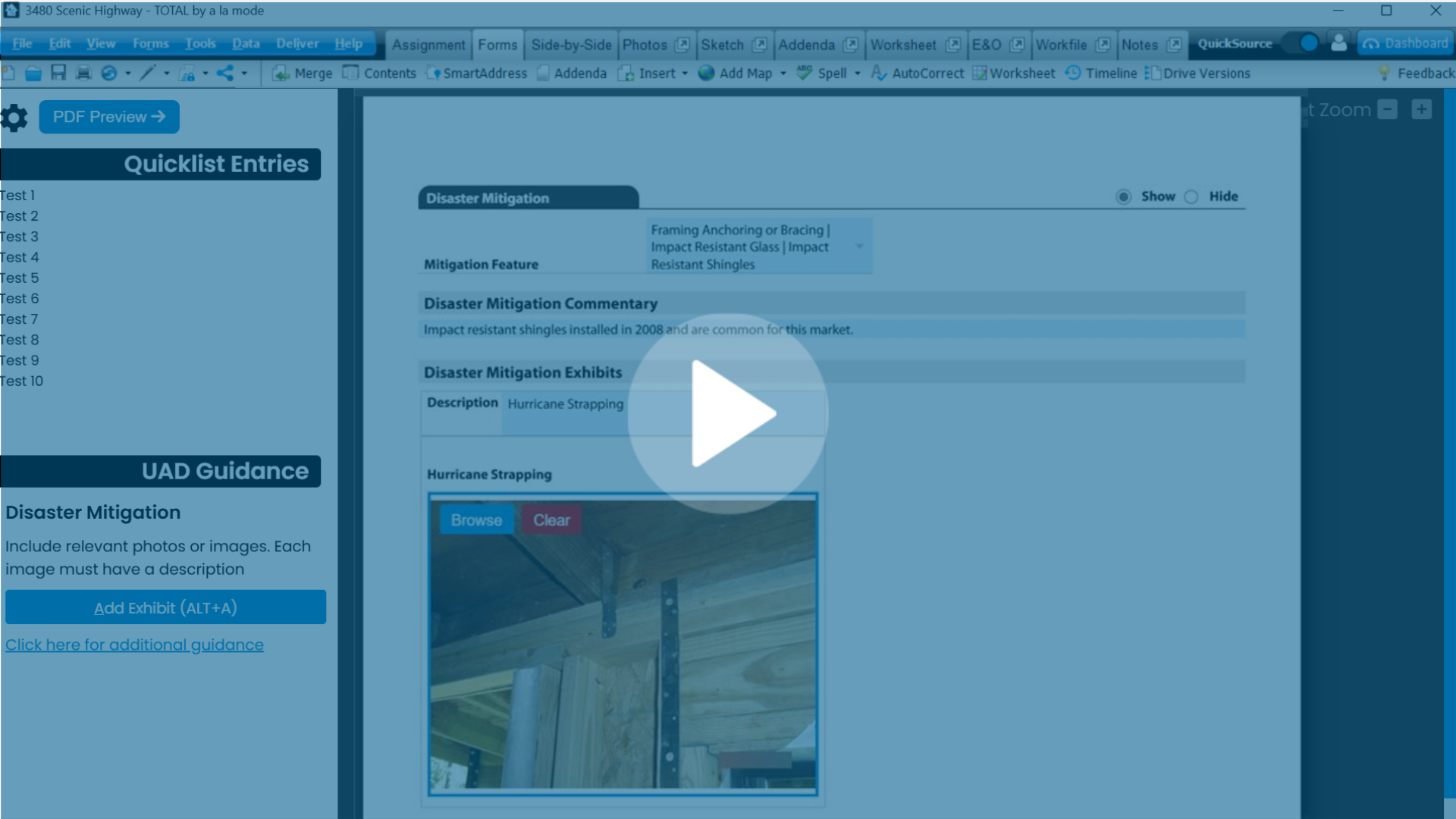
.png)
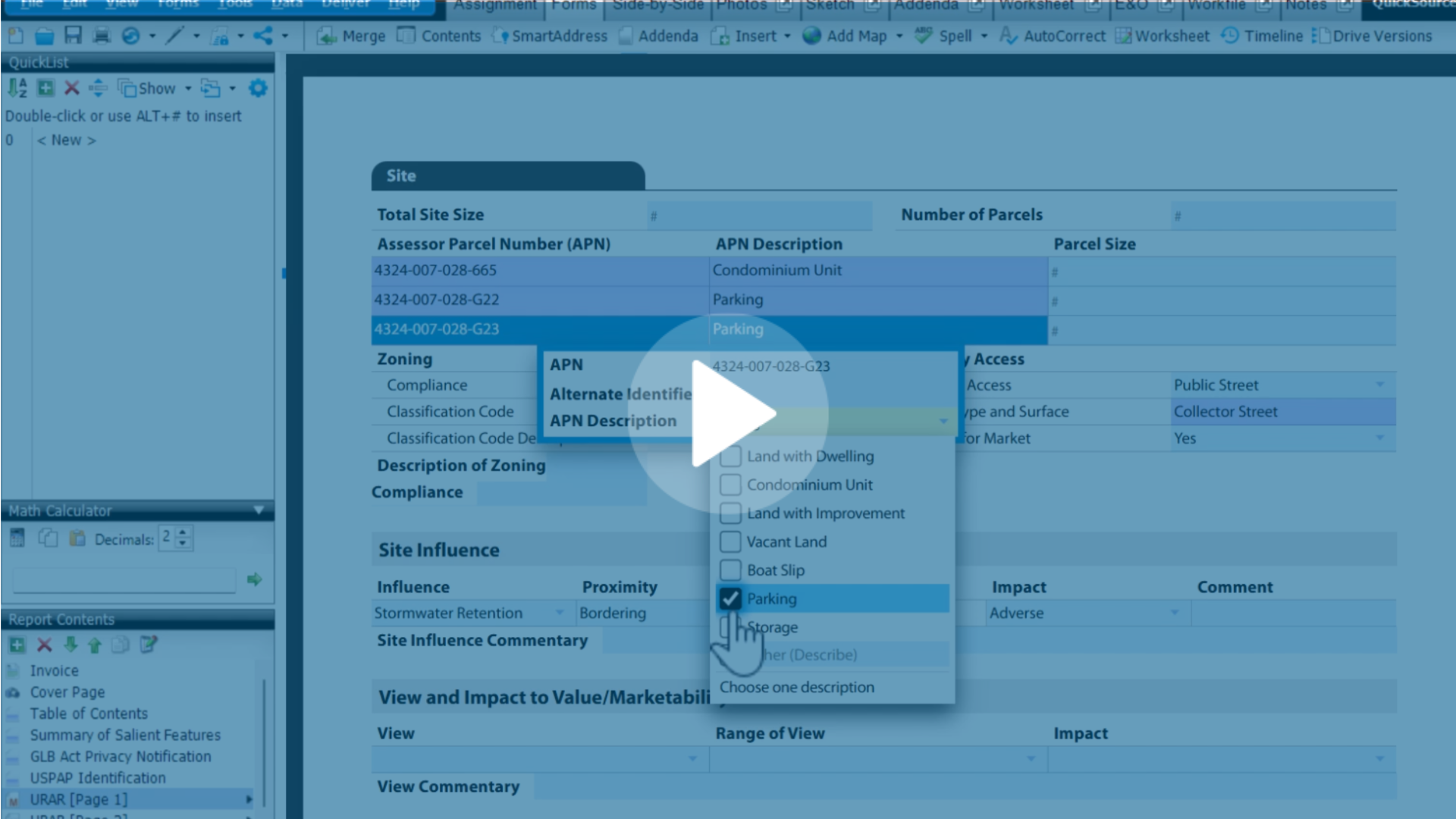
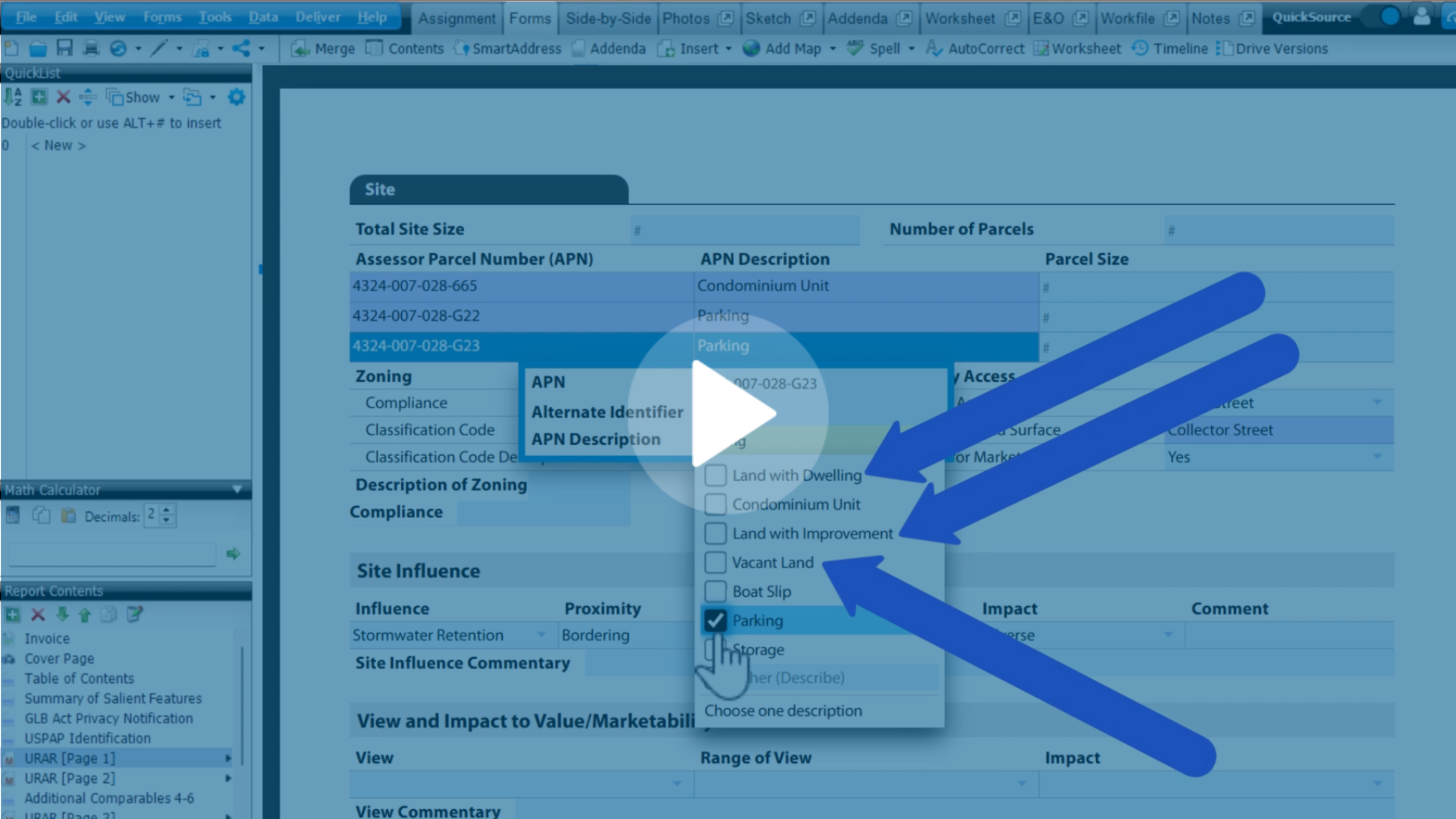
.png)
.png)
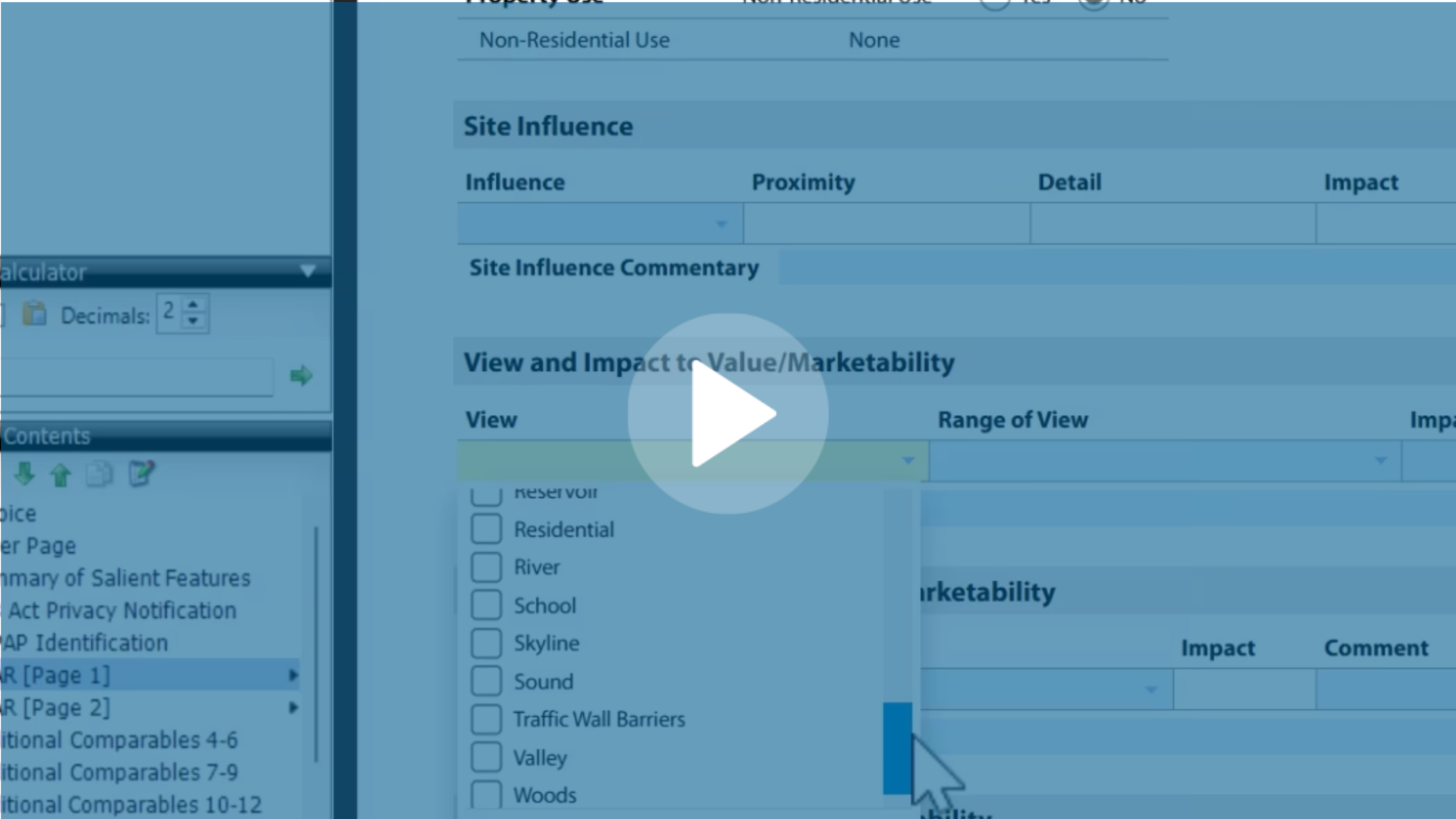
.jpg)
.png)
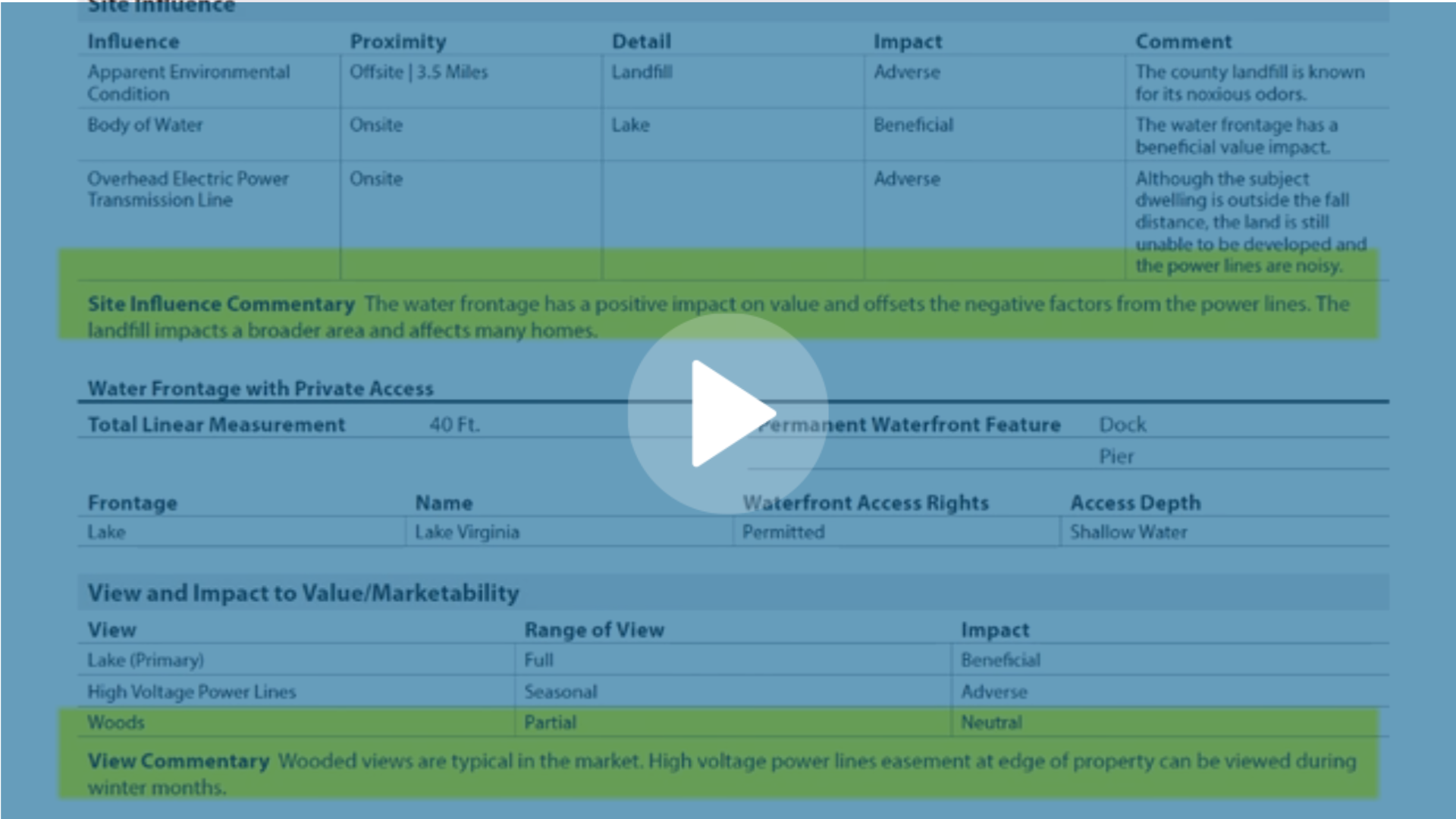
-1.png)



